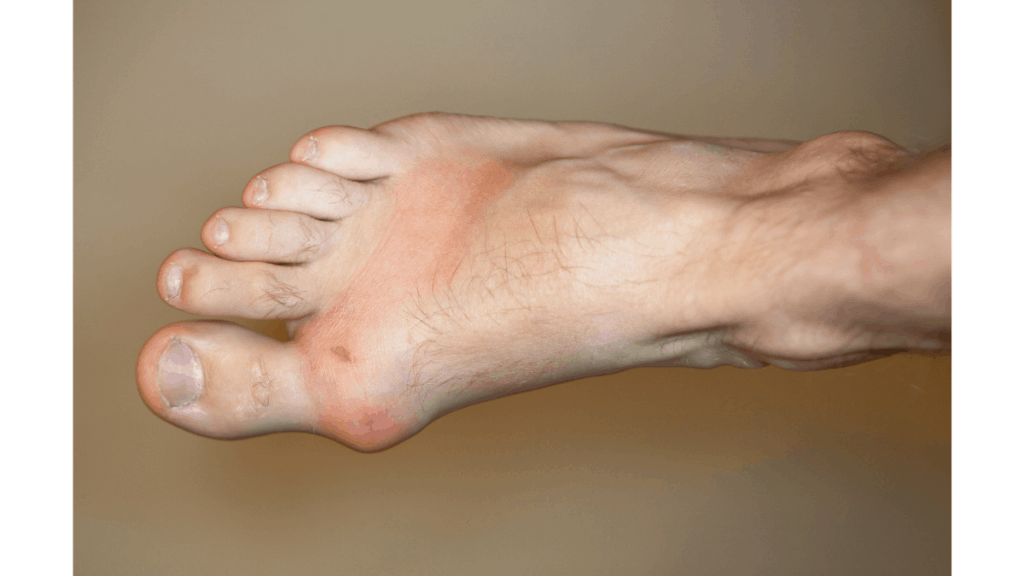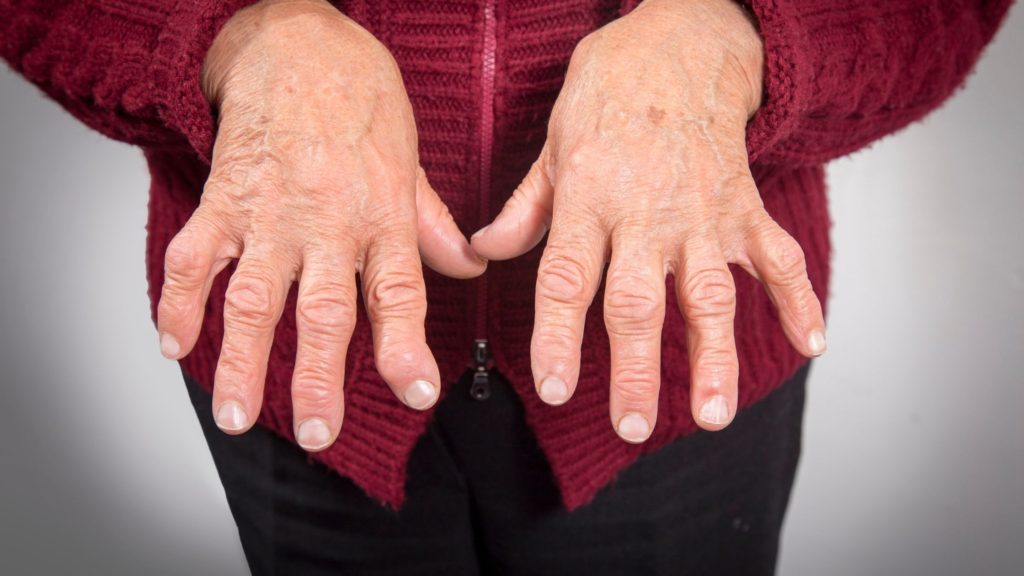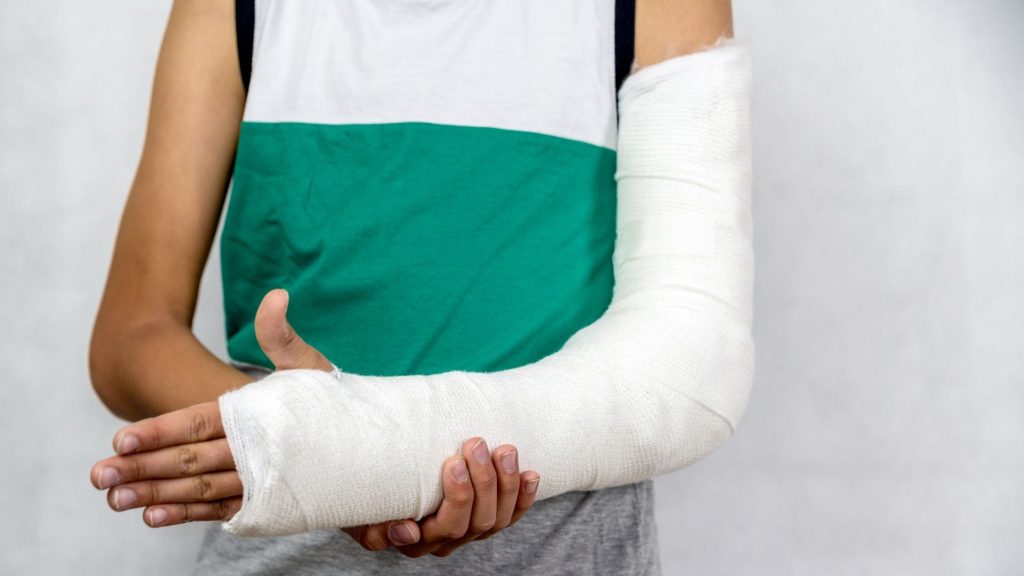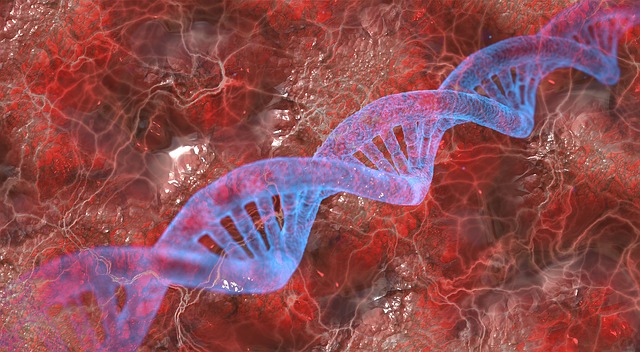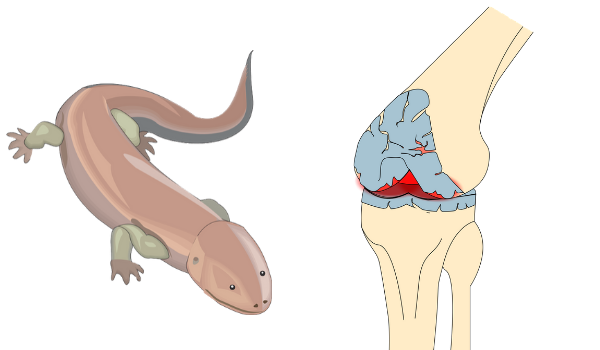Last updated on July 11th, 2022 at 05:56 pm
If you have injured and feel pain in the back of the ankle then chances are it is acute Achilles rupture tendon. This injury is more common with older age, more active lifestyles, and male sex, and has been increasing in incidence over the past few decades (1). This injury usually happens during running or jumping activities. The pain is intense and it may cause swelling and bruising. In this article, we will try to understand the different treatment options for ruptured Achilles tendon and what can be done at home.
What is a ruptured Achilles tendon?
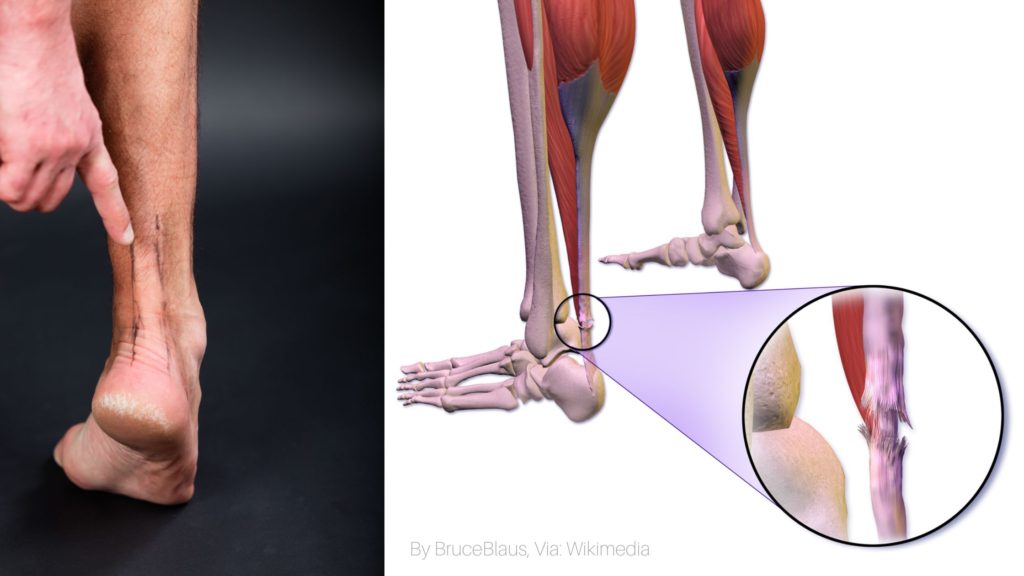
To learn what is a ruptured Achilles we should first understand what is Achilles. Achilles is the strongest tendon of our body present on the back of the lower leg. Just palpate your calf muscle and as you palpate down the lower end of the leg you would feel that it becomes hard. This hard part on the lower end of the calf muscle is actually a tendon termed tendo-Achilles or Achilles tendon. It connects the calf muscle to the back of the heel bone. The tendon helps us stand upright by allowing our feet to move forward.
Ruptured Achilles is a serious injury and is commonly seen in athletes. It happens when there is a sudden strong contraction of the calf muscle while standing on the tip-toe. This may happen during Sports that involve jumping (tip-toe standing) when sports are in full intensity. We all know Golden State Warriors star Kevin Durant sustained an injury during Game 5 of the NBA finals on the 10th of June 2019. For an NBA, it is very common to come to a posture when he is standing tip-toe when jumping. He underwent surgery for a ruptured right Achilles tendon.
But, if there is no history of any injury or you are not a sports person and you still experience pain on the lower end of the calf muscle or behind the ankle joint then it could be Retro-Calcaneal Tendonitis calcification.
Treatment for Achilles Tendon Rupture
Depending on the condition there are three treatment options. One is conservative management, then the next option is a minimally invasive procedure and the third is surgical repair. A medical study found that there were also no appreciable differences in the outcome of these three different approaches, rather the risk of rerupture was higher with nonoperative treatment than with either of the operative treatments (1). So, let us discuss the different conservative treatment options.
Conservative Treatment Options
The goal of conservative treatment is to restore function and allow the patient to return to their normal activity level as soon as possible. It includes rest to the injured part by cast immobilization. During the rest period, RICE protocol is followed, i.e, R- Rest, I- Ice, C- Compression, E- Elevation.
- Ice Packs – Apply cold compresses to the injured area for 20 minutes at a time, three times per day.
- Compression Bandage – Wrap the foot with a tight elastic bandage that applies pressure to the affected area.
- Elevation – Lie down with the leg elevated above the level of the heart. Rest – Avoid strenuous activity until healed.
In some cases, patients who suffer from severe pain and swelling after a rupture can undergo a minimally invasive procedure called percutaneous tenotomy. This technique involves inserting a needle into the tendon at the point where it attaches to the heel bone. Once inside, the surgeon uses a small knife to cut through the tendon.
Surgical repair of an Achilles tendon injury requires removal of damaged tissue and suturing of the remaining healthy tissue together. After surgery, patients must wear a cast for six weeks. Physical therapy may also be recommended following surgery.
Keep Reading: Easy Achilles tendonitis stretches and other exercises for Pain Relief
Reference:
- Myhrvold, Ståle B. et al, “Nonoperative or Surgical Treatment of Acute Achilles’ Tendon Rupture“, DOI: 10.1056/NEJMoa2108447, https://www.nejm.org/doi/full/10.1056/NEJMoa2108447, New England Journal of Medicine April 14, 2022 386(15):1409
- The treatment of a rupture of the Achilles tendon using a dedicated management programme Hutchison A. M., Topliss C., Beard D., Evans R. M., and Williams P.The Bone & Joint Journal 2015 97-B:4, 510-515
The author is a physiotherapist who has been practising for the last 17 years. He holds a Bachelor's in Physiotherapy (BPT) from SVNIRTAR (Swami Vivekananda National Institute of Rehabilitation and Research), one of the prestigious physiotherapy schools in India.
Whatever he learns dealing with his patient, he shares it with the world through blogs and e-books. He also owns a YouTube channel, "Sunit Physiotherapist" with over 8 lakh active subscribers. Here, he shares everything he gets to learn serving the patient.
